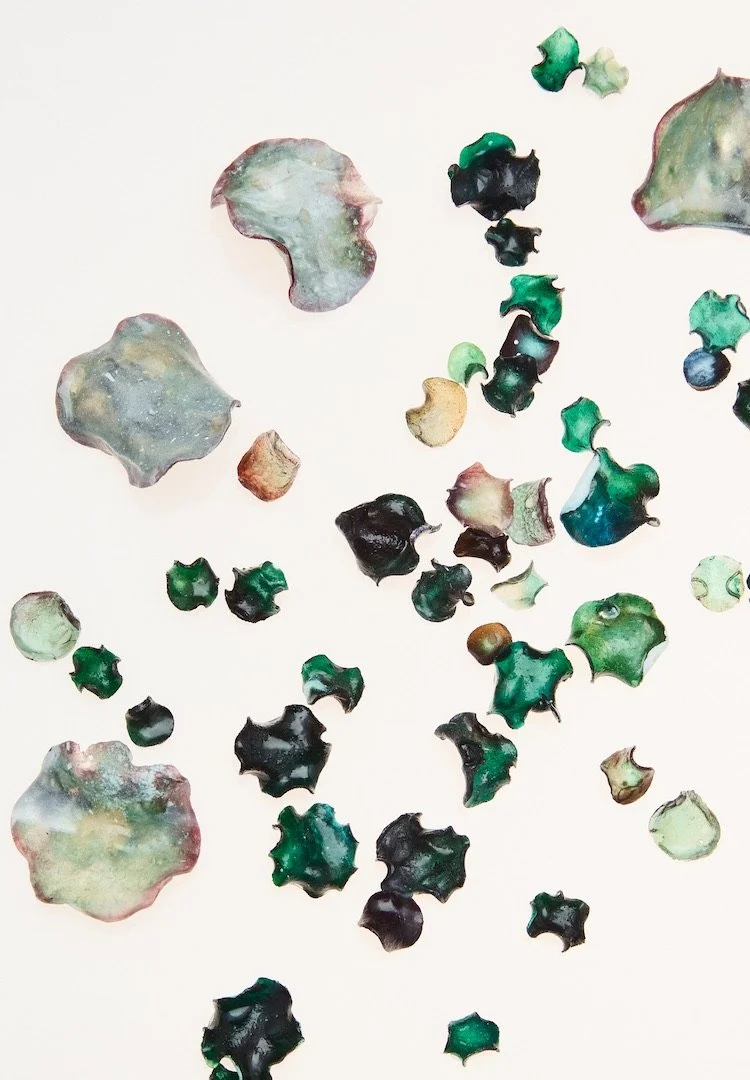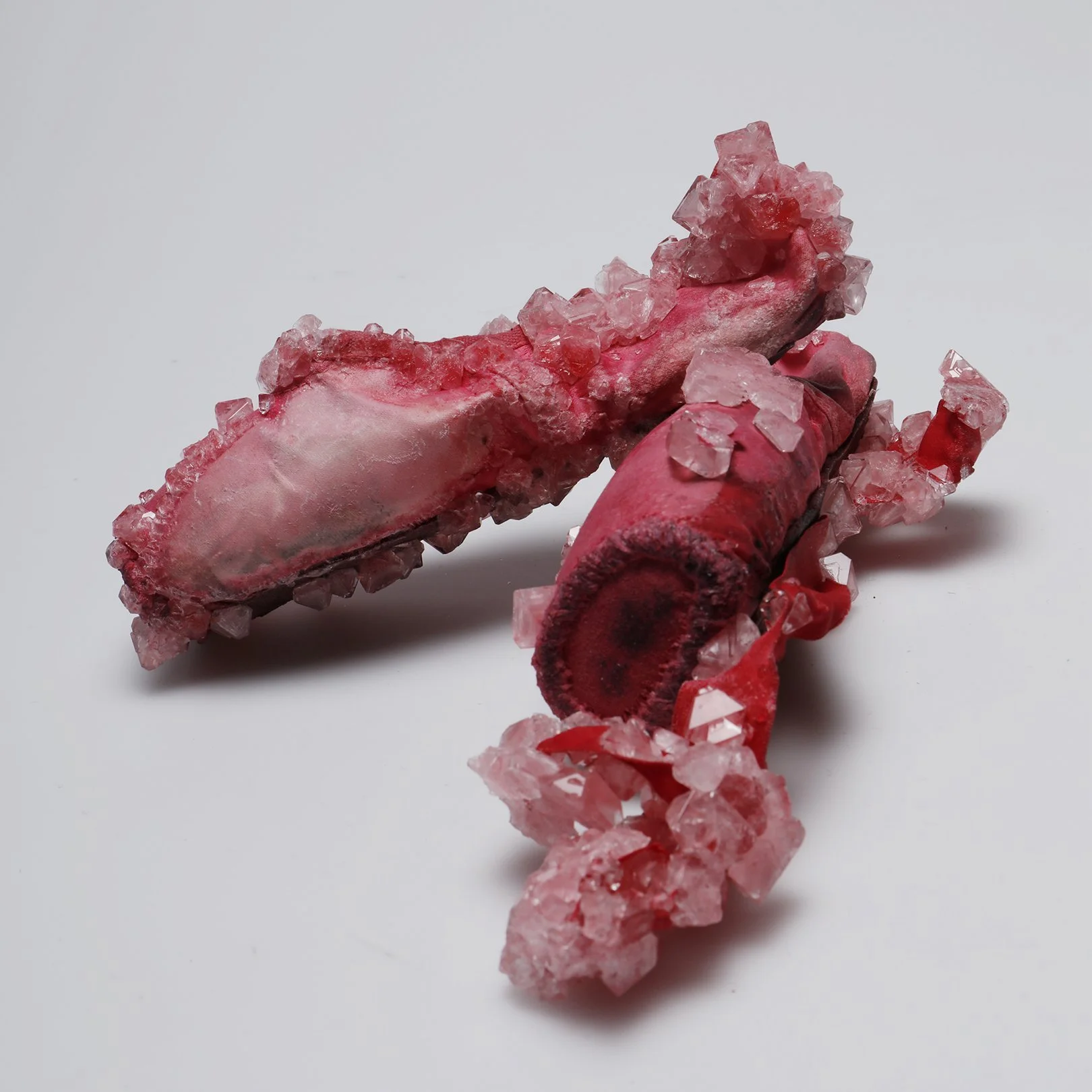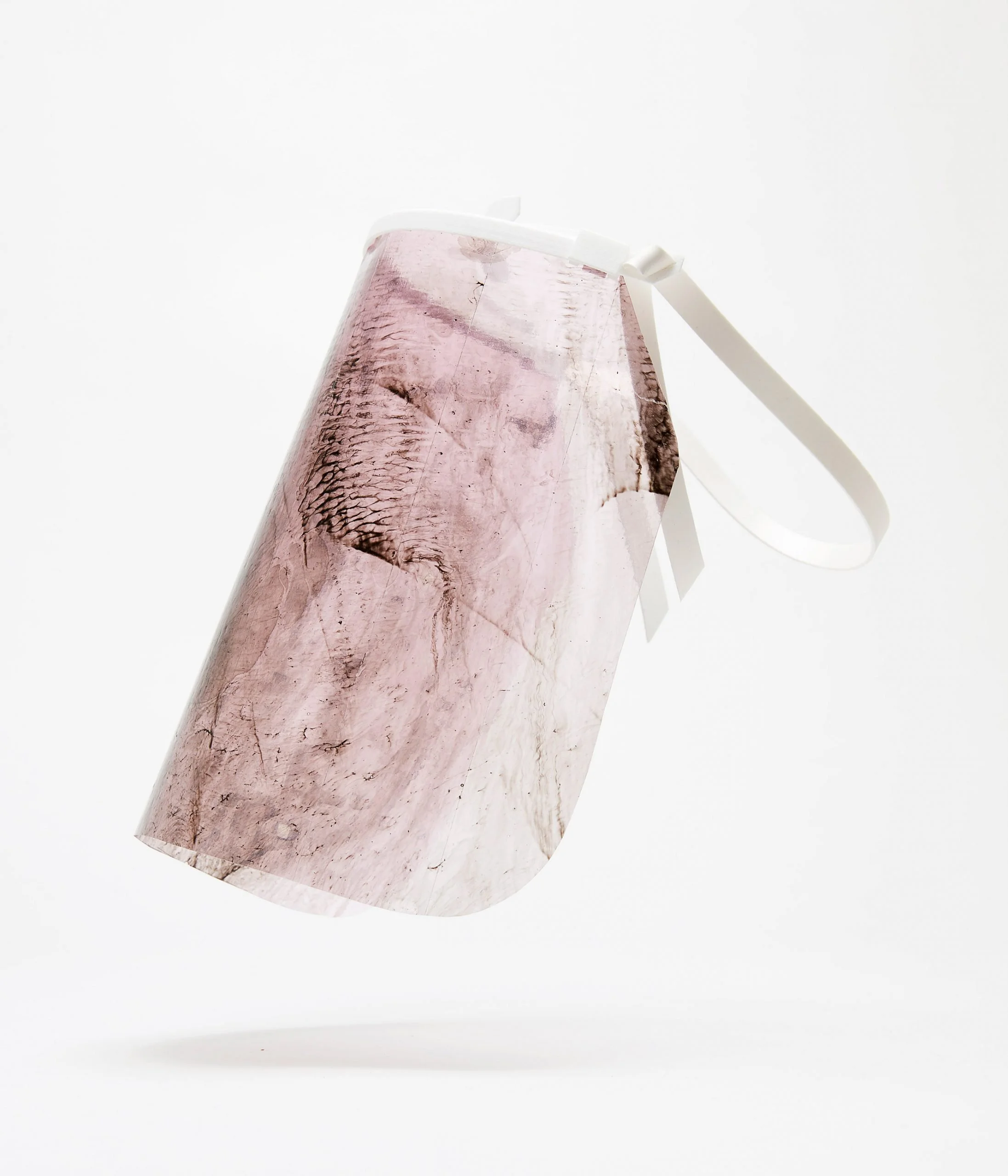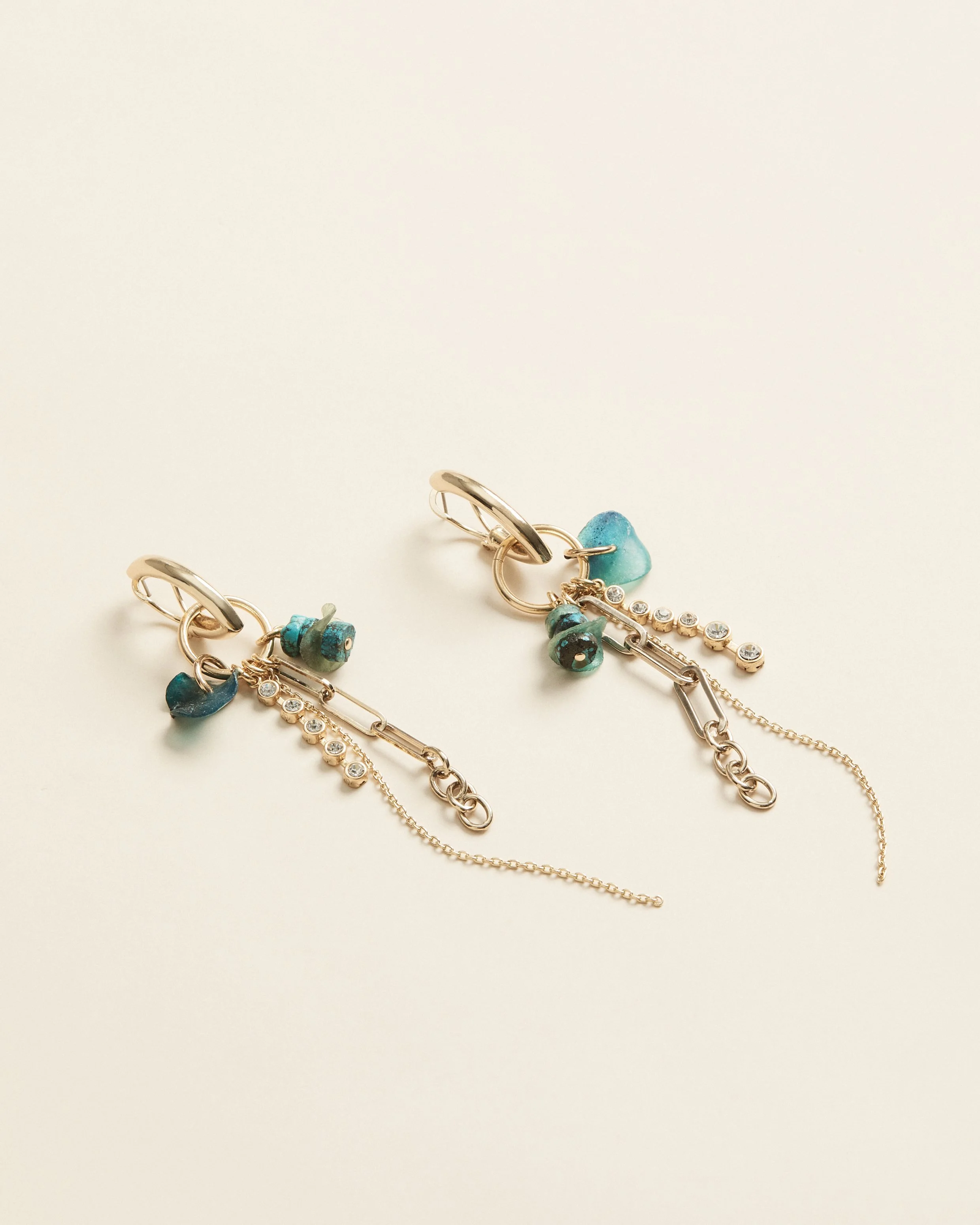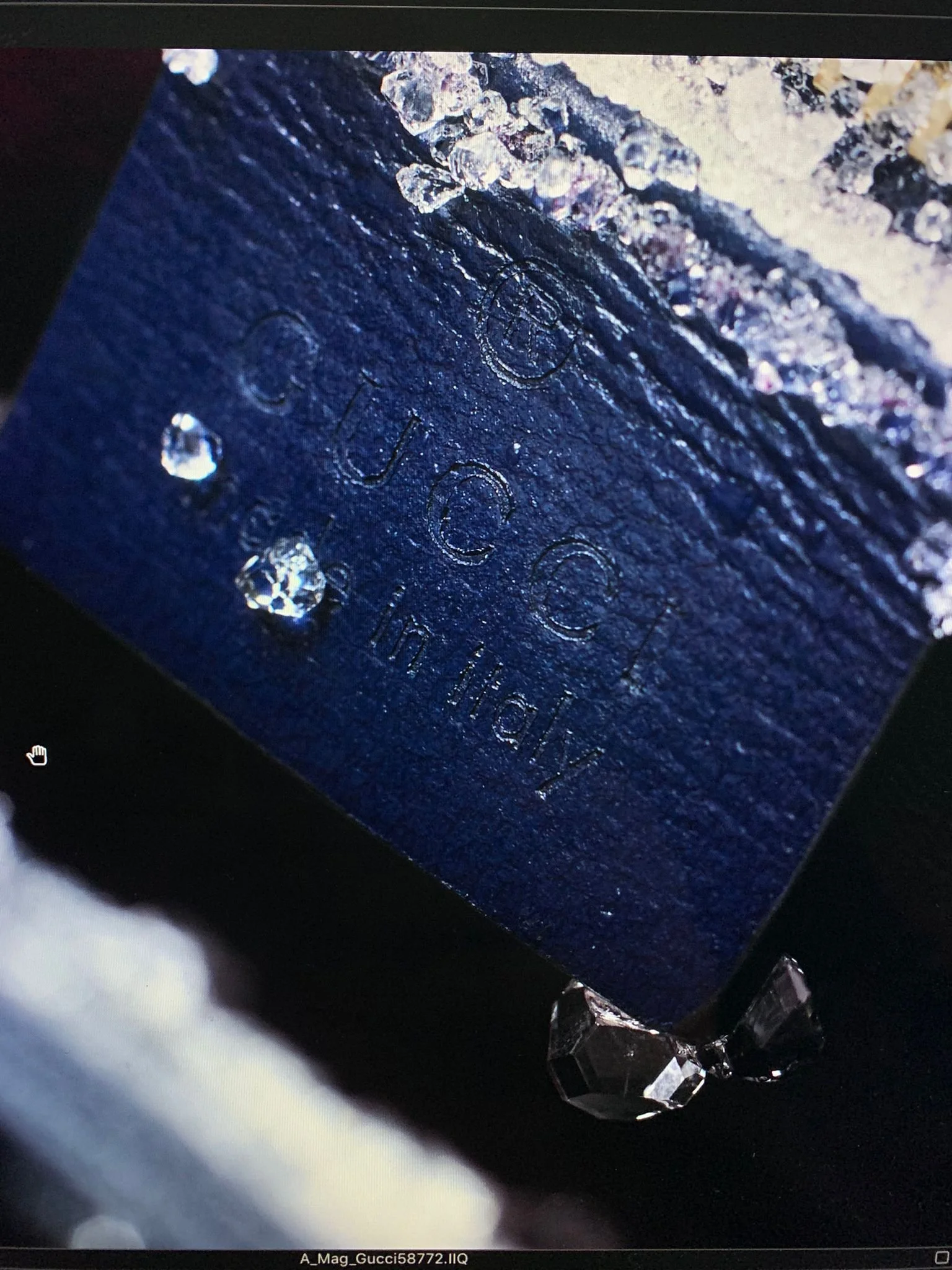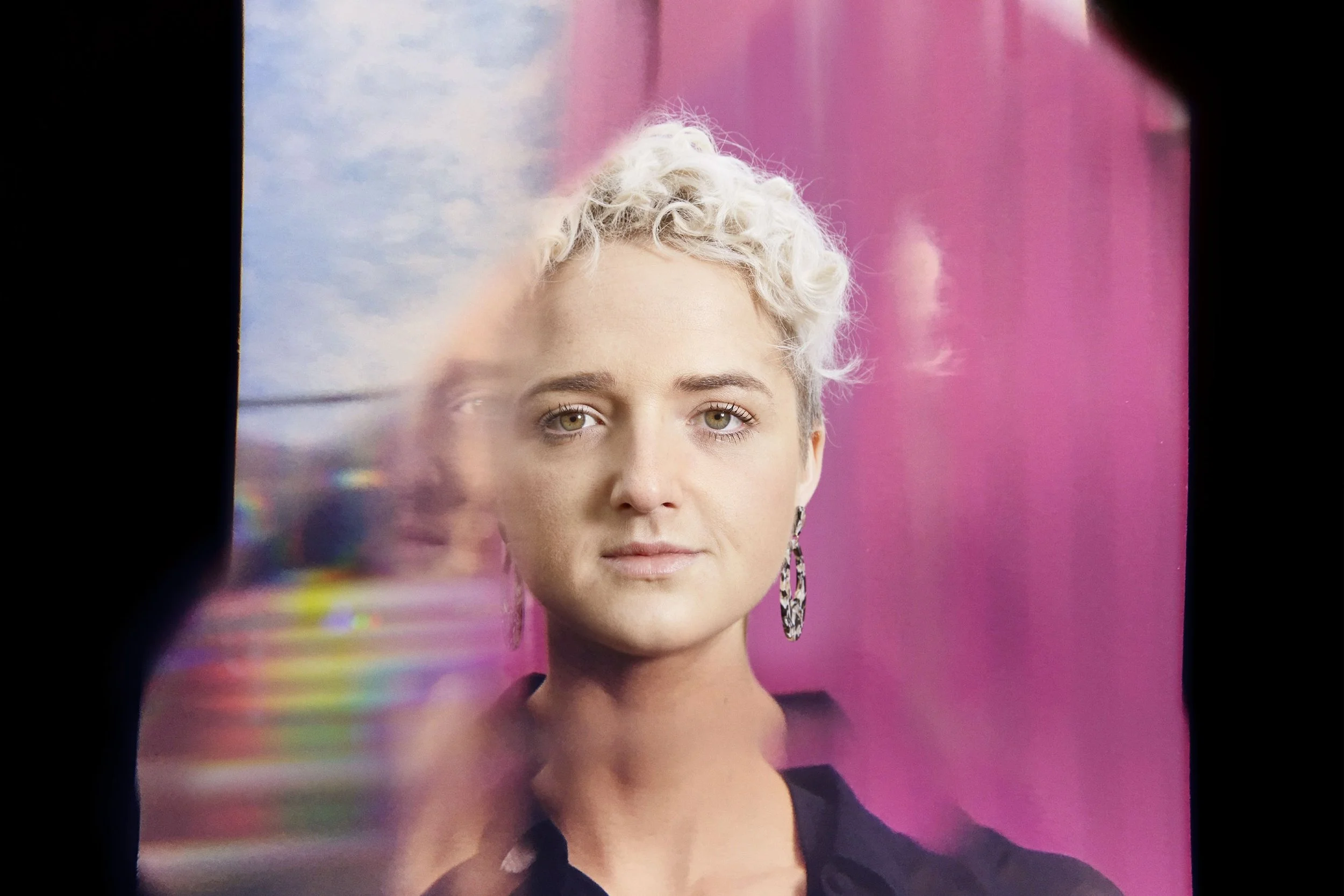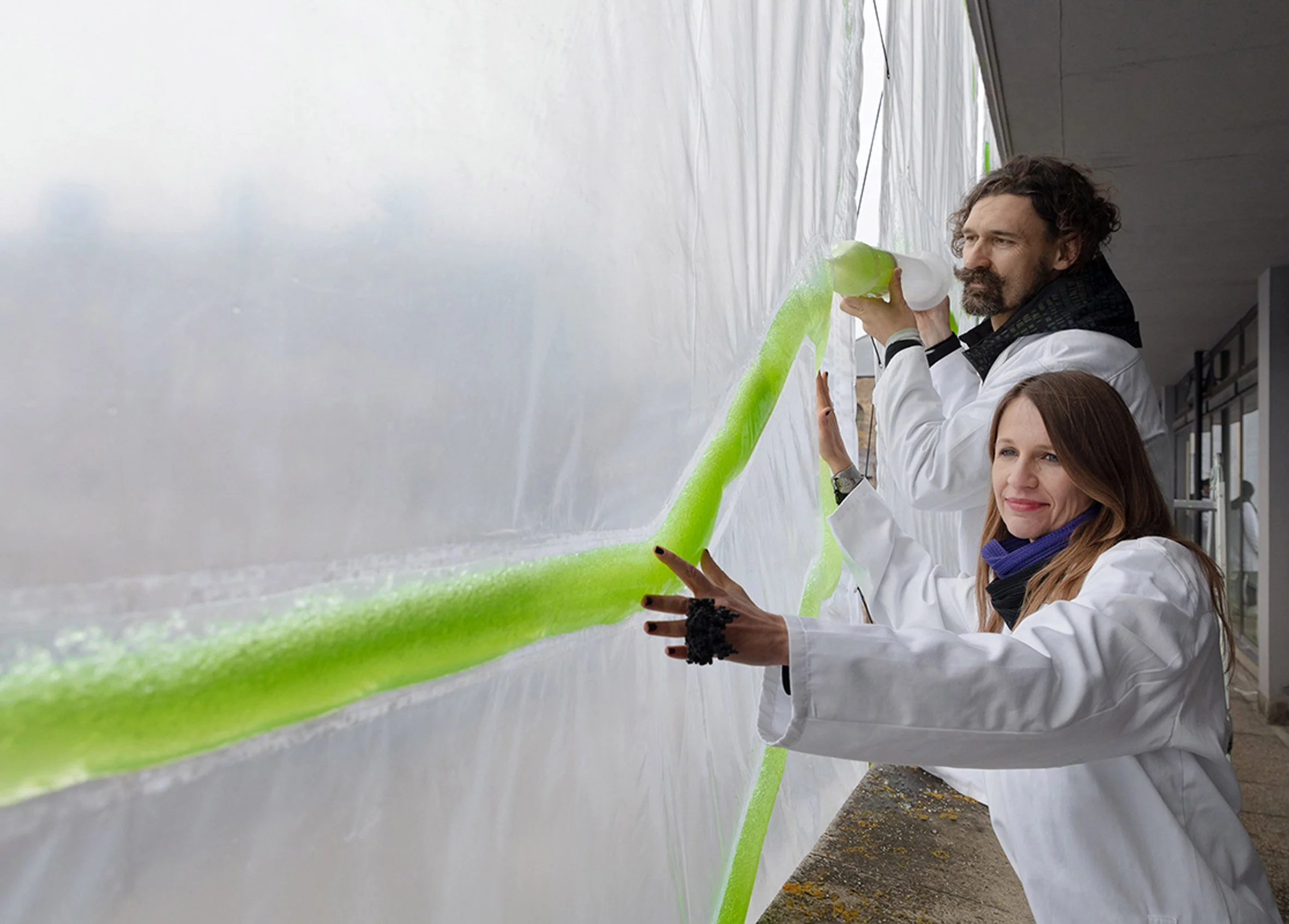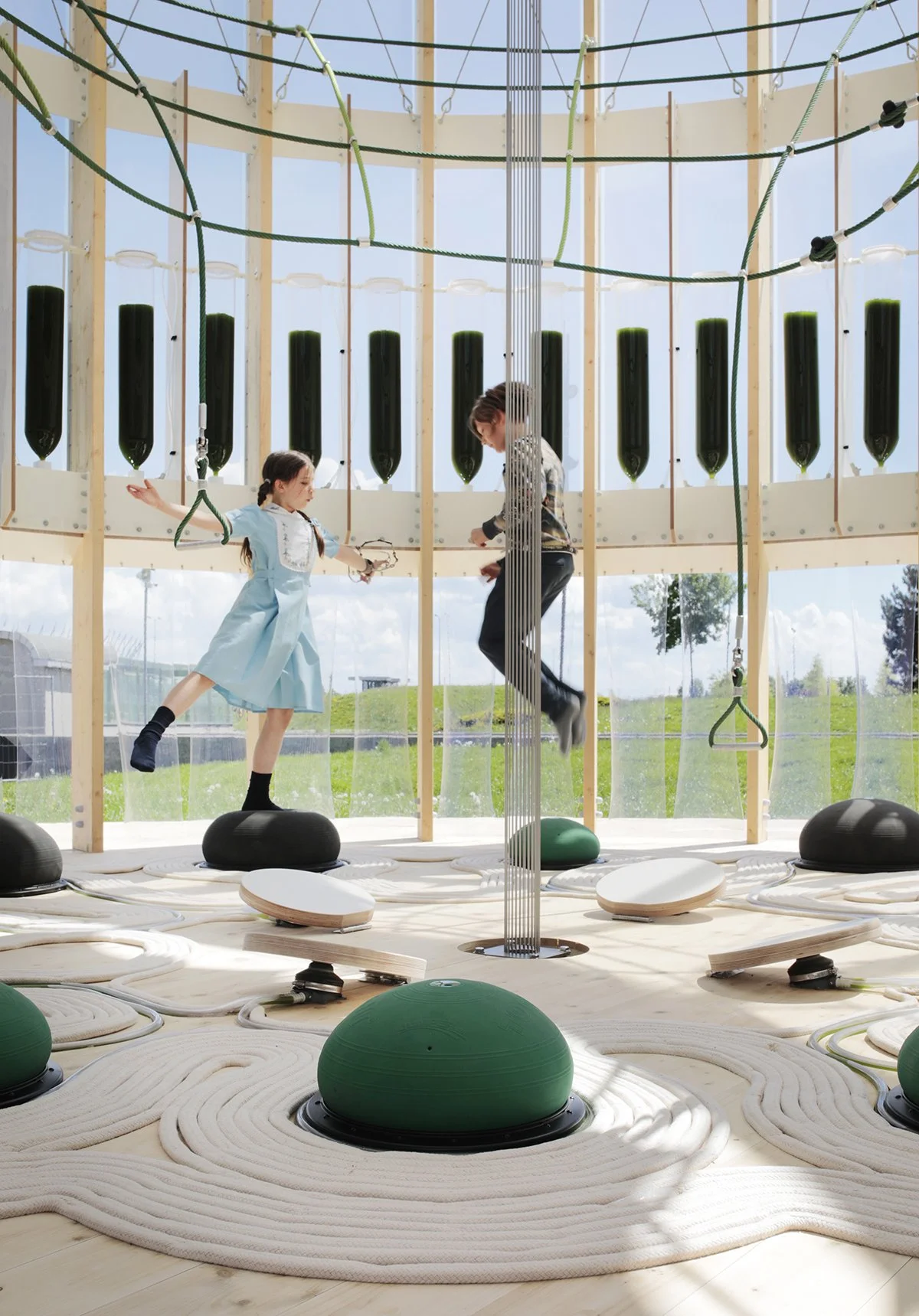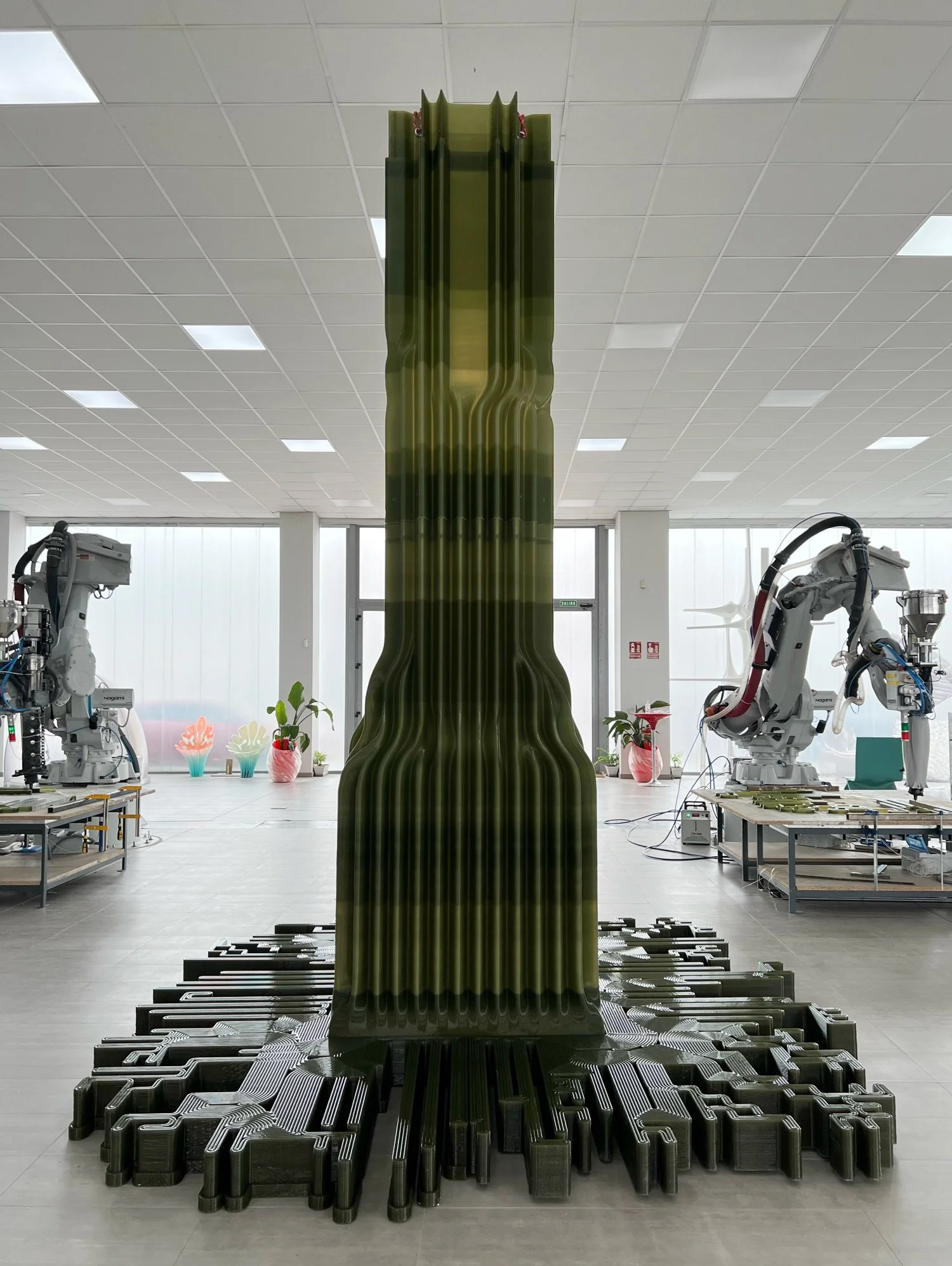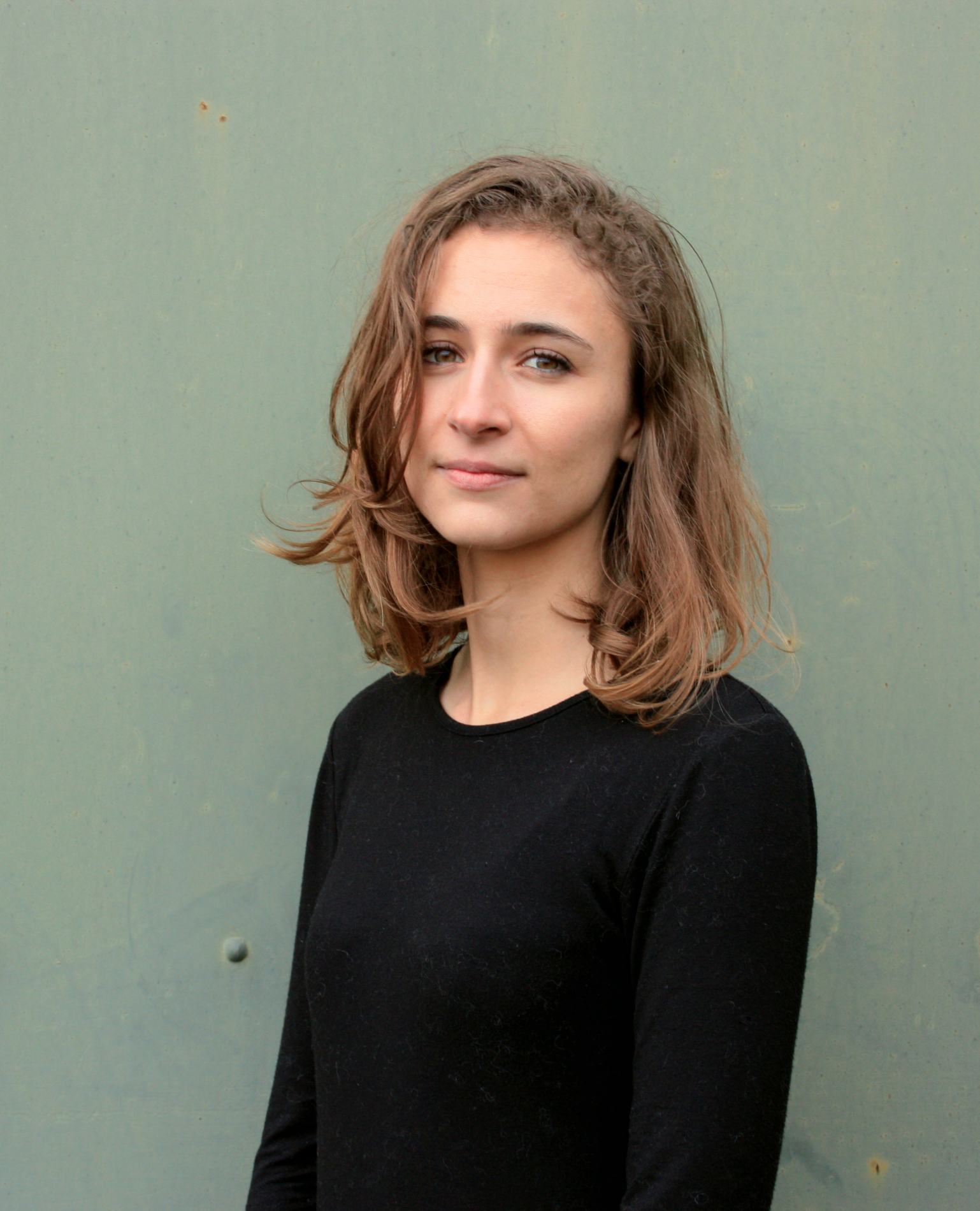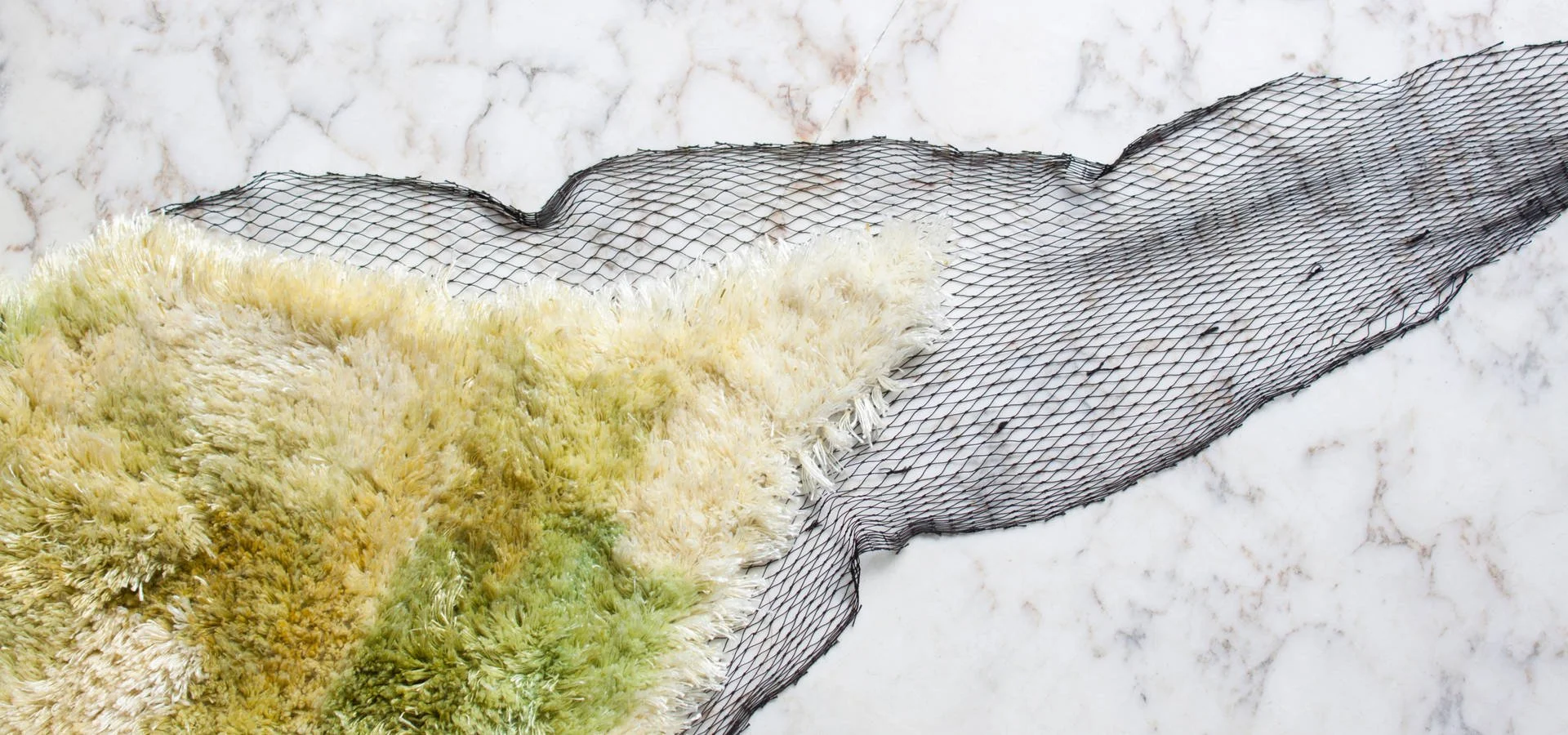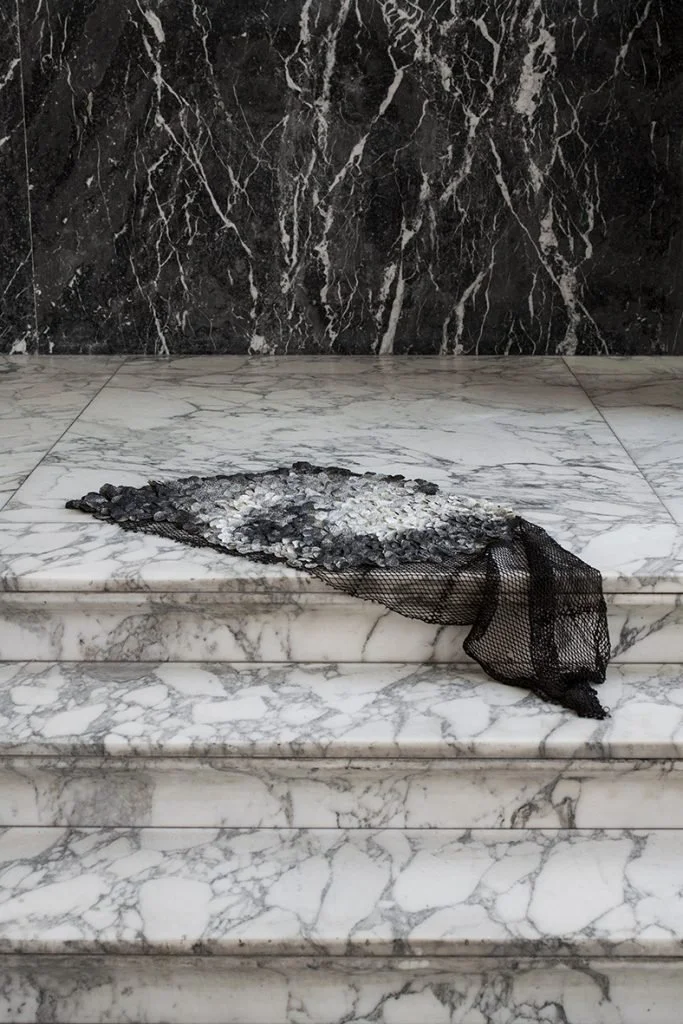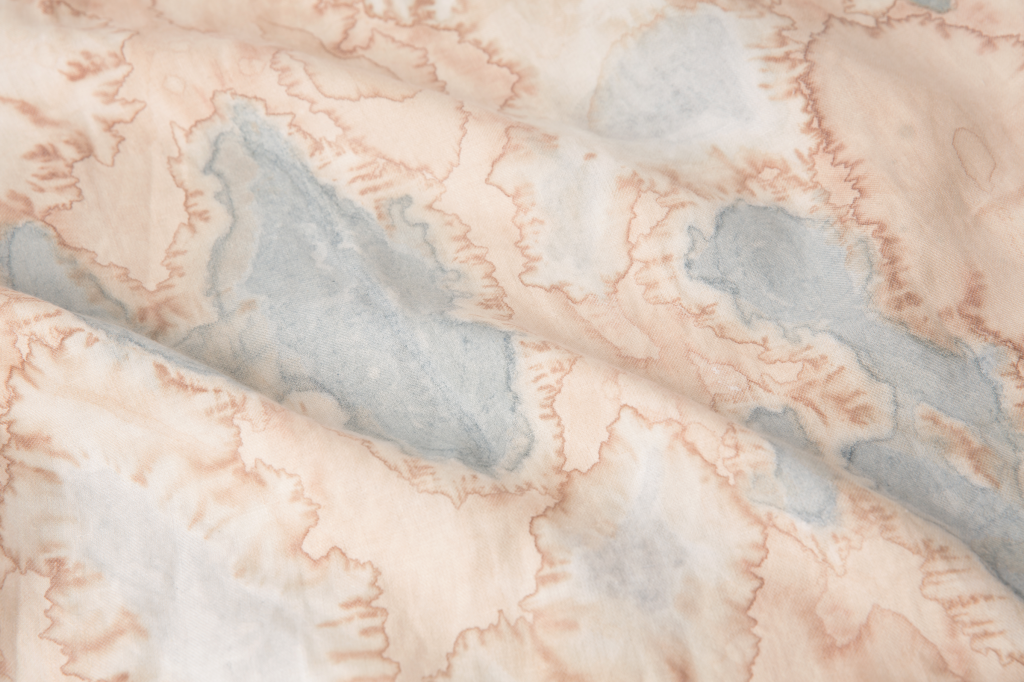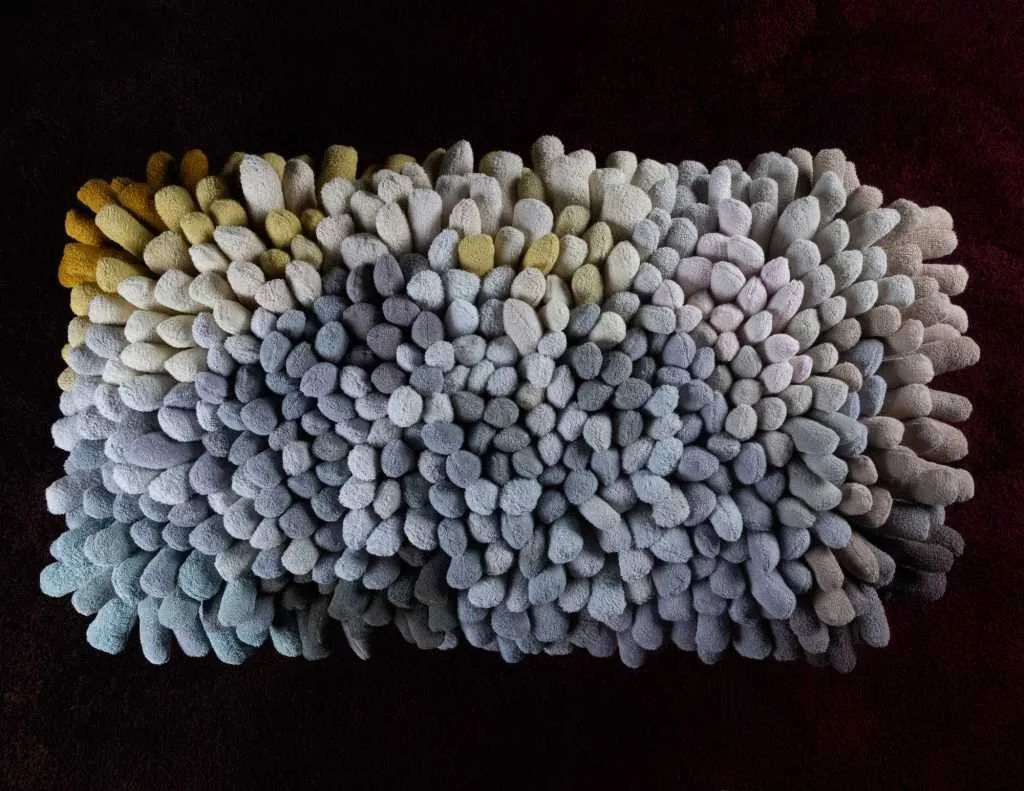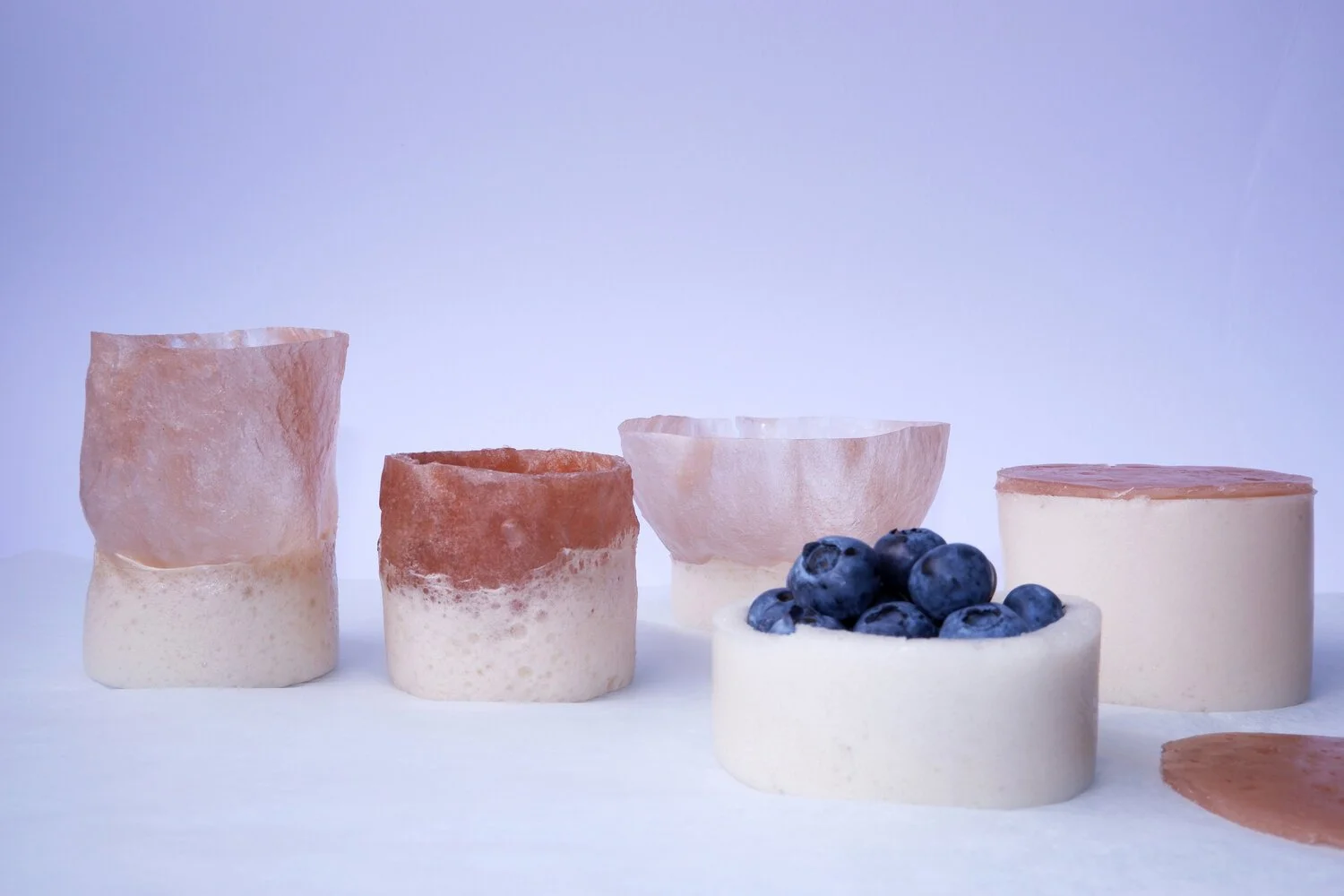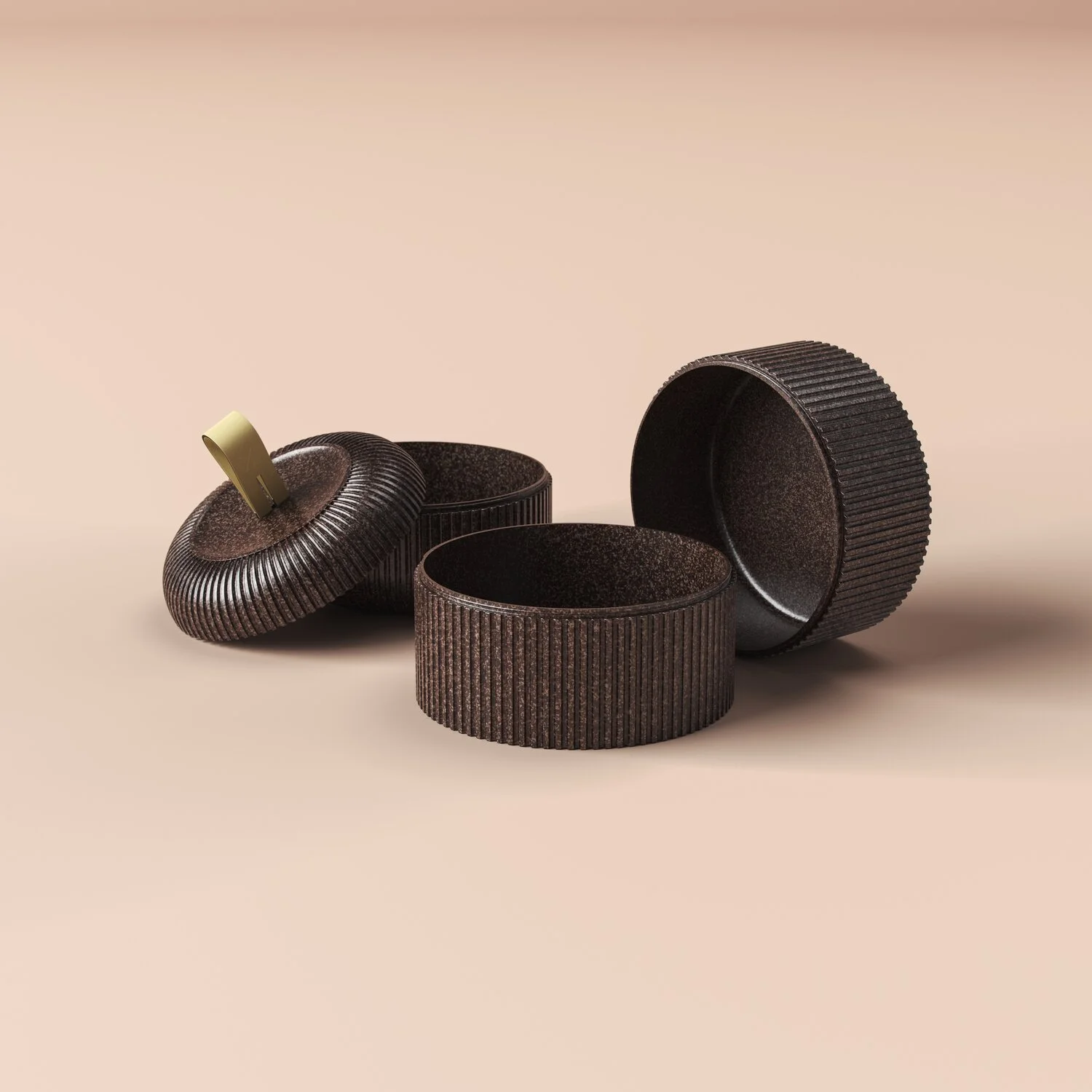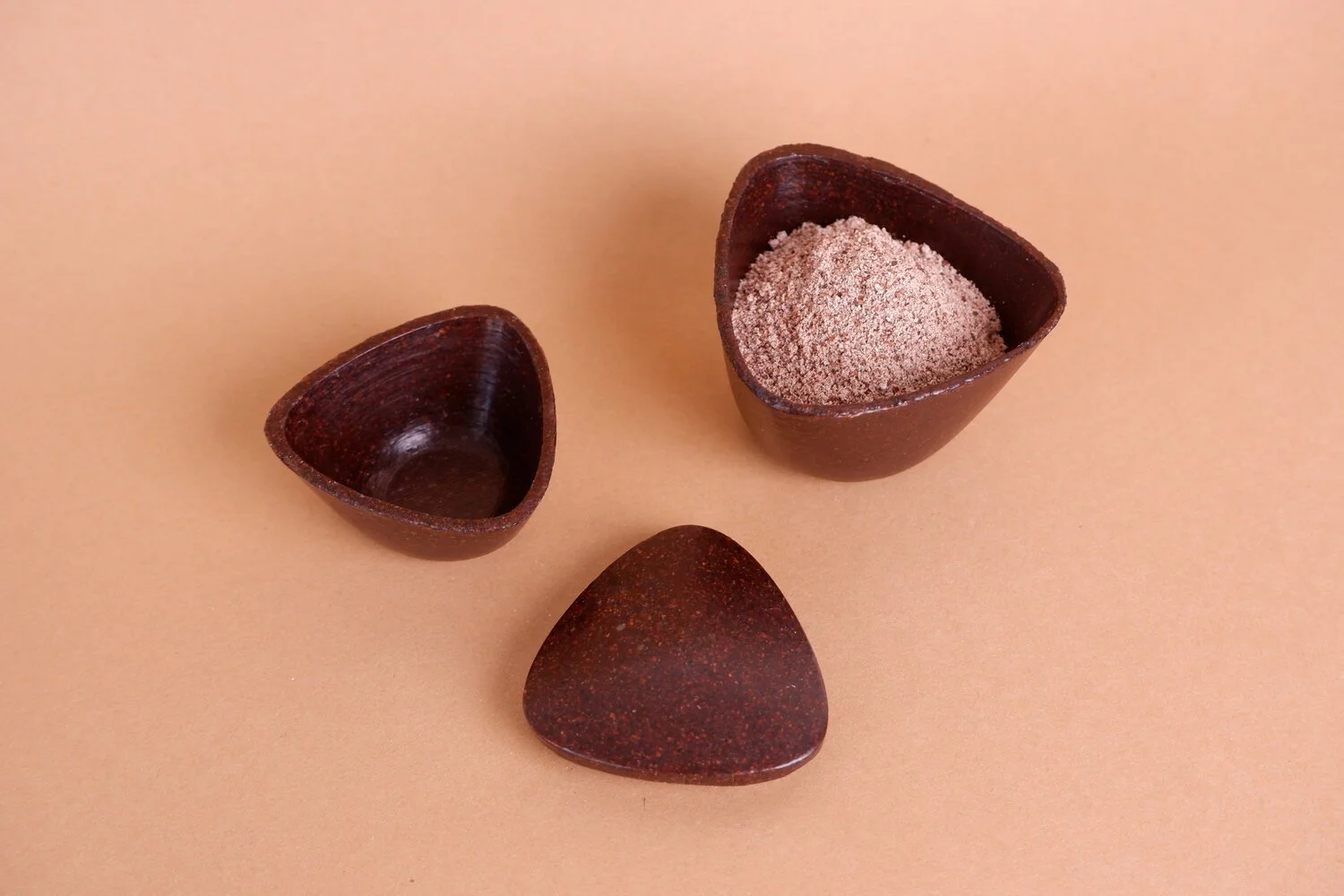 Image 1 of 22
Image 1 of 22

 Image 2 of 22
Image 2 of 22

 Image 3 of 22
Image 3 of 22

 Image 4 of 22
Image 4 of 22

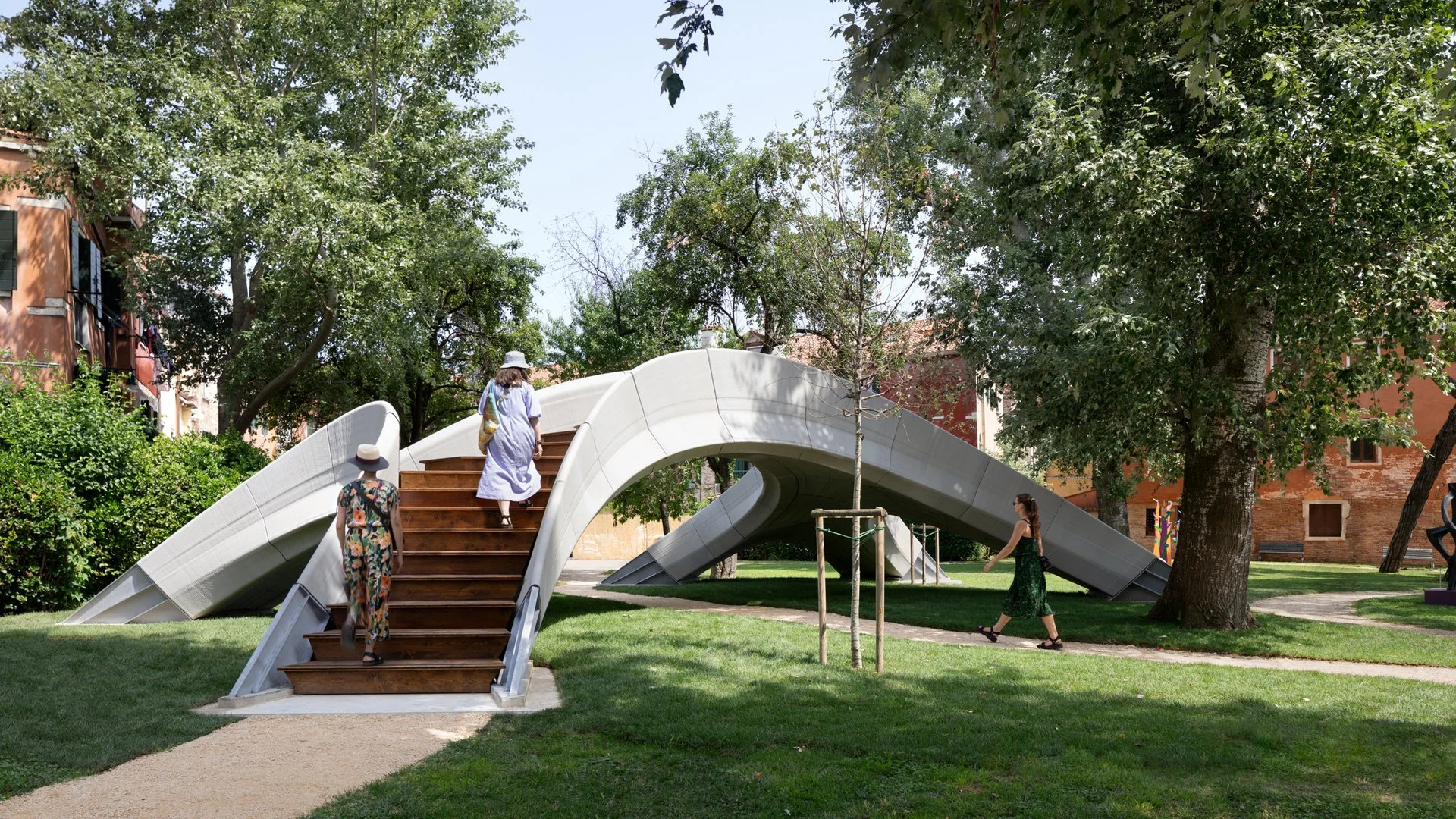 Image 5 of 22
Image 5 of 22

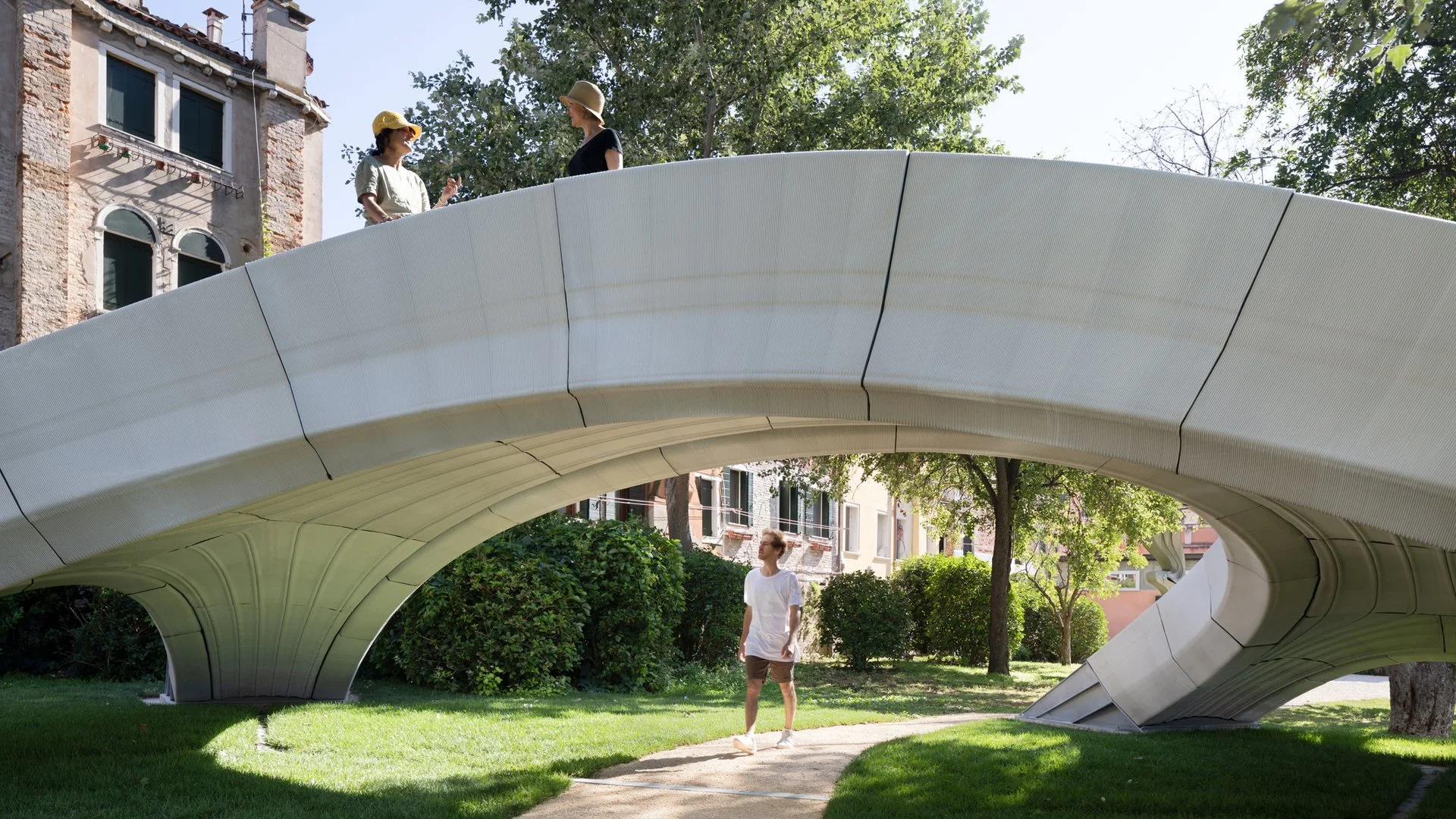 Image 6 of 22
Image 6 of 22

 Image 7 of 22
Image 7 of 22

 Image 8 of 22
Image 8 of 22

 Image 9 of 22
Image 9 of 22

 Image 10 of 22
Image 10 of 22

 Image 11 of 22
Image 11 of 22

 Image 12 of 22
Image 12 of 22

 Image 13 of 22
Image 13 of 22

 Image 14 of 22
Image 14 of 22

 Image 15 of 22
Image 15 of 22

 Image 16 of 22
Image 16 of 22

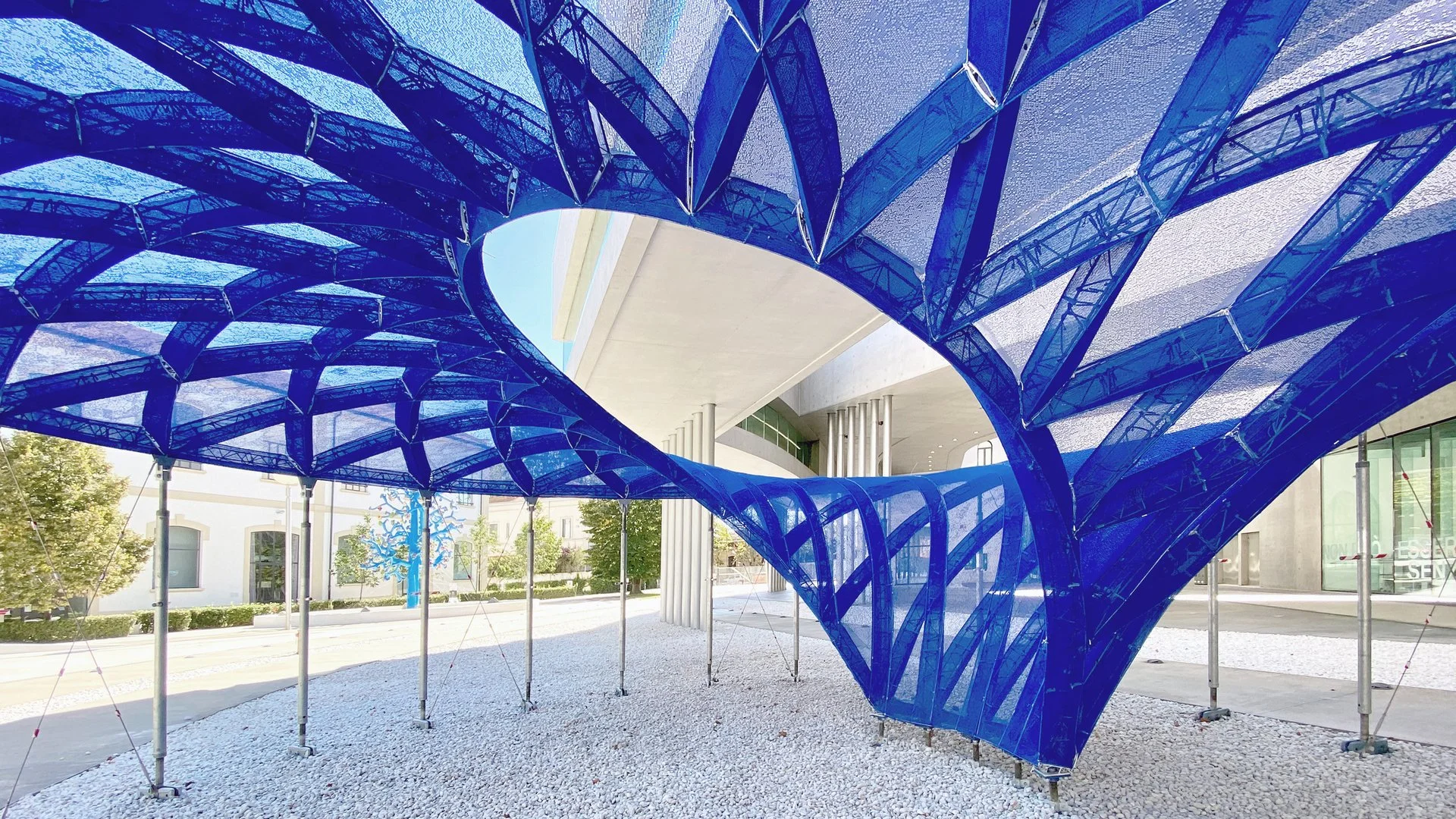 Image 17 of 22
Image 17 of 22

 Image 18 of 22
Image 18 of 22

 Image 19 of 22
Image 19 of 22

 Image 20 of 22
Image 20 of 22

 Image 21 of 22
Image 21 of 22

 Image 22 of 22
Image 22 of 22























Block Research Group learn from the past to design a better future
TThe Block Research Group (BRG) is a research unit at the Institute of Technology in Architecture at ETH Zürich, founded and led by Prof. Dr. Philippe Block and Dr. Tom Van Mele. The group was established with the mission to explore innovative structural design, computational form finding, and digital fabrication. BRG's current mission focuses on developing sustainable construction methods and materials, with a particular emphasis on creating efficient, material-saving structures inspired by historical building techniques. Core values include sustainability, innovation, and interdisciplinary collaboration, with a purpose to revolutionize the construction industry through geometry-based approaches to structural design.
Location
Headquarters: ETH Zürich, Stefano-Franscini-Platz 1, HIB E 45, 8093 Zurich, Switzerland.
Primary research/operations locations: Zurich, Switzerland, with global collaborations.
Note: Strategic location within a leading technical university to foster innovation and collaboration with industry partners.
The Circular Vision
Core circular economy principles: Designing out waste, using sustainable materials, and creating structures that can be easily disassembled and reused.
Key innovations: Development of computational form-finding techniques, advanced 3D concrete printing methods, and the creation of ultra-thin, material-efficient structures like the HiLo roof and floor system.
Prioritization of local sourcing and closed-loop supply chains: Emphasis on using locally sourced materials and sustainable production methods to minimize environmental impact.
Pioneering Solutions
Flagship projects: NEST HiLo unit, Striatus bridge, KnitCandela shell structure.
Unique value propositions: High-quality, sustainable construction solutions that prioritize material efficiency, structural performance, and environmental responsibility. BRG's innovations are known for their ability to significantly reduce material usage while maintaining or improving structural integrity.
The Regenerative Future
R&D focus areas: Advancing computational design tools, optimizing 3D printing processes for construction, and developing new applications for sustainable materials in architecture and engineering.
Ambitious goals: To lead the construction industry in sustainable practices, create zero-waste structures, and inspire a shift towards a regenerative approach to building design and construction.
Fact Sheet
Commercial Availability: Research outcomes available through academic publications, industry collaborations, and spin-off companies like VAULTED AG.
Environmental Product Declaration (EPD): Information not available for specific products, but research focuses on reducing environmental impact.
Circularity Rating: 5/5 (Strong focus on circular economy principles in research and design).
Key Certifications: Academic research institution, specific certifications not applicable.
Cost Rating: Not directly applicable, but innovations aim to reduce construction costs through material efficiency.
Material Passport: Detailed material information provided for research projects and prototypes.
Designed for Disassembly: Yes, many projects focus on creating structures that can be easily disassembled and reused.
Carbon Performance: Strong focus on reducing carbon footprint through material-efficient designs and sustainable construction methods.
Key Takeaway
The Block Research Group transforms the construction industry through innovative, sustainable structural design solutions, setting a benchmark for circularity and environmental responsibility in modern architecture and engineering.
Explore Further
BRG website: https://block.arch.ethz.ch/brg/
Research overview: https://block.arch.ethz.ch/brg/research
Example projects: https://block.arch.ethz.ch/brg/project
TThe Block Research Group (BRG) is a research unit at the Institute of Technology in Architecture at ETH Zürich, founded and led by Prof. Dr. Philippe Block and Dr. Tom Van Mele. The group was established with the mission to explore innovative structural design, computational form finding, and digital fabrication. BRG's current mission focuses on developing sustainable construction methods and materials, with a particular emphasis on creating efficient, material-saving structures inspired by historical building techniques. Core values include sustainability, innovation, and interdisciplinary collaboration, with a purpose to revolutionize the construction industry through geometry-based approaches to structural design.
Location
Headquarters: ETH Zürich, Stefano-Franscini-Platz 1, HIB E 45, 8093 Zurich, Switzerland.
Primary research/operations locations: Zurich, Switzerland, with global collaborations.
Note: Strategic location within a leading technical university to foster innovation and collaboration with industry partners.
The Circular Vision
Core circular economy principles: Designing out waste, using sustainable materials, and creating structures that can be easily disassembled and reused.
Key innovations: Development of computational form-finding techniques, advanced 3D concrete printing methods, and the creation of ultra-thin, material-efficient structures like the HiLo roof and floor system.
Prioritization of local sourcing and closed-loop supply chains: Emphasis on using locally sourced materials and sustainable production methods to minimize environmental impact.
Pioneering Solutions
Flagship projects: NEST HiLo unit, Striatus bridge, KnitCandela shell structure.
Unique value propositions: High-quality, sustainable construction solutions that prioritize material efficiency, structural performance, and environmental responsibility. BRG's innovations are known for their ability to significantly reduce material usage while maintaining or improving structural integrity.
The Regenerative Future
R&D focus areas: Advancing computational design tools, optimizing 3D printing processes for construction, and developing new applications for sustainable materials in architecture and engineering.
Ambitious goals: To lead the construction industry in sustainable practices, create zero-waste structures, and inspire a shift towards a regenerative approach to building design and construction.
Fact Sheet
Commercial Availability: Research outcomes available through academic publications, industry collaborations, and spin-off companies like VAULTED AG.
Environmental Product Declaration (EPD): Information not available for specific products, but research focuses on reducing environmental impact.
Circularity Rating: 5/5 (Strong focus on circular economy principles in research and design).
Key Certifications: Academic research institution, specific certifications not applicable.
Cost Rating: Not directly applicable, but innovations aim to reduce construction costs through material efficiency.
Material Passport: Detailed material information provided for research projects and prototypes.
Designed for Disassembly: Yes, many projects focus on creating structures that can be easily disassembled and reused.
Carbon Performance: Strong focus on reducing carbon footprint through material-efficient designs and sustainable construction methods.
Key Takeaway
The Block Research Group transforms the construction industry through innovative, sustainable structural design solutions, setting a benchmark for circularity and environmental responsibility in modern architecture and engineering.
Explore Further
BRG website: https://block.arch.ethz.ch/brg/
Research overview: https://block.arch.ethz.ch/brg/research
Example projects: https://block.arch.ethz.ch/brg/project














